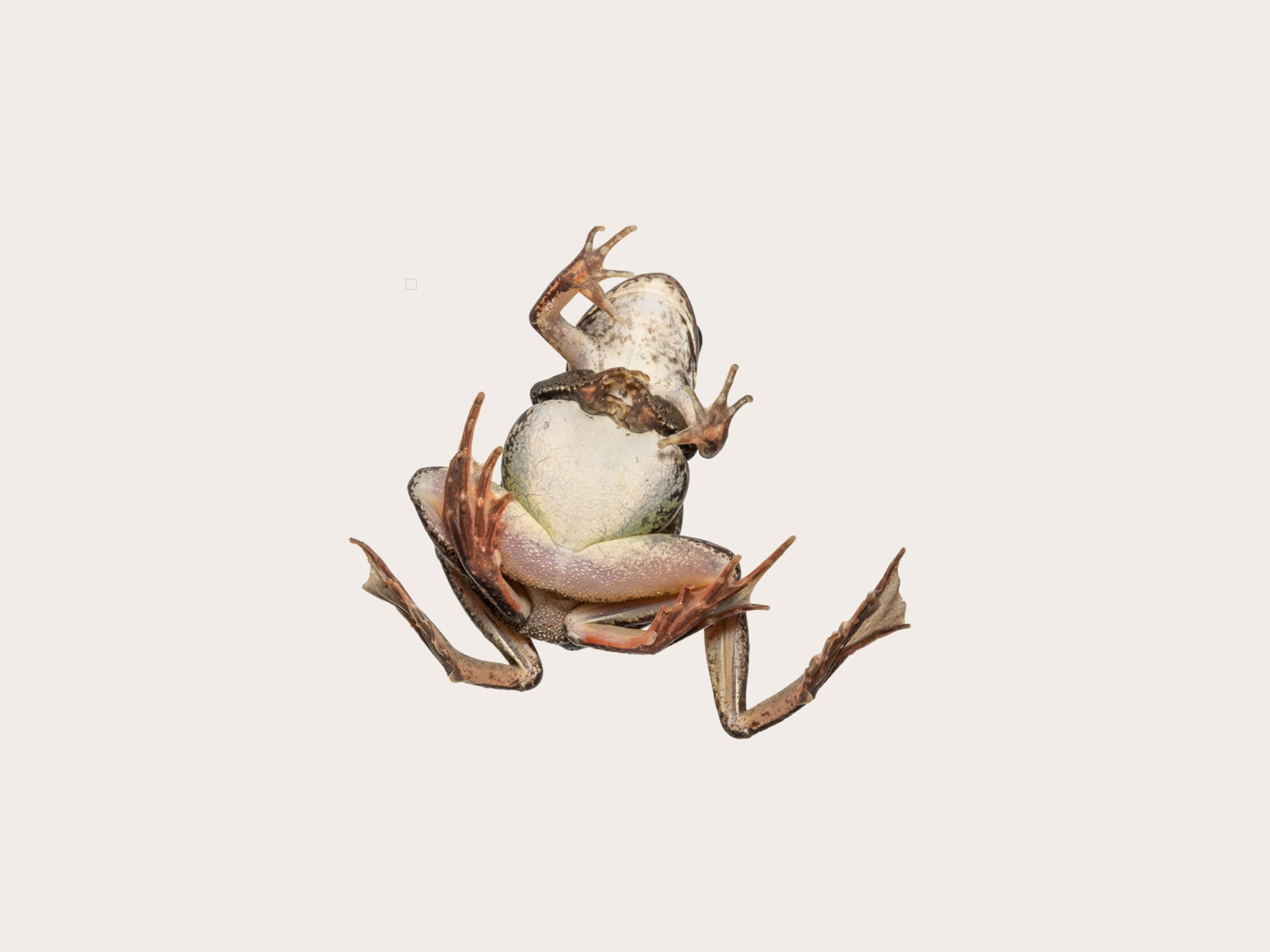Fossil Male Insect Wooed Mates with Sexy Legs
A 100-million-year-old piece of amber preserved the large colorful legs of male damselflies that were likely used to attract mates.
For more than a hundred million years, these three male damselflies have been waiting for their damsels.
Recently found preserved in Cretaceous-era amber, they now offer rare insight into the way damselflies woo mates, according to the scientists who found the creatures. That's because pod-shaped segments on the insects' legs hint at a similar but more elaborate courtship ritual than the one practiced by living species.
Mating in modern damselflies and their close kin, the dragonflies, has been described as a complex mix of cooperation and conflict. In many species, the males chase and snatch females before the pair can engage in their distinctive tandem mating position.
The ancient insects, named Yijenplatycnemis huangi, is larger than today's damselflies and is characterized by protruding structures on its legs adorned with eye-shaped markings. The large eye-shaped spots on Y. huangi's legs could have been used as a defense mechanism, intimidating predators or deflecting an attack on the damselfly's wings.
(This Insect Has Gears in Its Legs)
But Zheng Daran and Wang Bo from the Nanjing Institute of Geology and Paleontology at the Chinese Academy of Sciences instead think that the ornate legs were used to attract a female's attention. Damselflies have advanced eyesight, and the showy spots would have made the males easier to notice, increasing opportunities to mate.
Today, some male damselflies wave their legs at females as part of their courtship behavior, although their displays are far less flashy.
Melissa Sanchez Herrera, a National Geographic grantee and dragonfly expert, theorizes that the Cretaceous insect's larger leg structures could have been lost over time because the males were attracting the wrong kind of attention: Predators could have also easily spotted such an elaborate prehistoric mating dance.
In addition, the large legs would have made flying slower and less efficient for the showy males.
Whatever the reason for the change, Sanchez Herrera believes the amber-trapped insect is an incredible find, since it gives scientists a chance to study the evolution of different body plans in ancient and modern damselflies.
"That was luck, just luck," she says of the insect's discovery.





